Review
Barely a week goes by without the news of yet another new Audi. It’s all part of the manufacturer’s aim to have a 60-car model range by 2020. The focus predominantly appears to be SUVs, including the premium Juke-rivalling Q1 due next year and the recent new Q7.
You’d be forgiven, then, for thinking that Audi is overlooking its bread and butter - the fleet-favourite A4 saloon and Avant. The launch of the new Jaguar XE this year has provided tough outside competition to the big premium German brands, so all three will be looking to make serious improvements to remain competitive.
When Audi announced its new A4 last month, it didn’t seem to be a huge leap forward from its predecessor - looks wise, at least. But the focus is on two things: increased efficiency and new technology for this segment.
While the outgoing model failed to get below the 100g/km CO2 barrier (the most efficient 2.0-litre TDI Ultra only managed 108g/km) the new 150hp Ultra manages 95g/km CO2 in saloon form - putting it ahead of the Jaguar XE and BMW 3-Series (both of which start at 99g/km).
The Mercedes-Benz C-Class only manages to drop below 100g/km with its hybrid models - something Audi is said to be working on, with an A4 e-tron rumoured for next year.
Factfile
BIK list price: £30,000 (est)
BIK percentage: 19%
CO2: 107g/km
Combined MPG: 68.9mpg
Top speed: 147mph
Ved band: £0/£20
Fuel: diesel
0-62mph: 7.7 seconds
Power: 190hp
Torque: 295lb/ft
How does the new Audi A4 manage to be so efficient, despite snubbing aluminium in favour of a traditional, heavy, steel platform?
The key, says Audi, is in aerodynamics. The manufacturer has spent a long time in the wind tunnel decreasing resistance. Apparently engineers spent a year tweaking the door mirrors to help air flow. As a result, the saloon has a drag coefficent value of 0.23 (avant 0.26) - the best in class.
Even with the steel platform, it’s lightweight too. Each department was given strict targets to cut weight from the car - with a total of 120kg being trimmed compared to its predecessor.
We got the opportunity to join Audi engineers during final testing of pre-production models in southern Germany, and the chance to try the 190hp 2.0-litre TDI.
Despite being the more powerful 2.0-litre diesel, it emits just 107g/km CO2. Performance is plentiful, reaching 62mph in 7.7 seconds, while the handling is competent enough to give the much-lauded Jaguar XE a tough time.
But the impressive aerodynamics don’t just help performance and efficiency. It also means wind noise is minimised, and the cabin is well insulated from road and engine noise. The tech-packed interior feels impressively premium, although the transmission tunnel does encroach on space, particularly in the rear.
With the cars due to be signed off by engineers within the next few weeks, we doubt they differ much from the ones we’ll drive on the A4’s launch in September. But first impressions suggest the A4 could prove a serious competitor in a very tough segment.
Andrew Brady

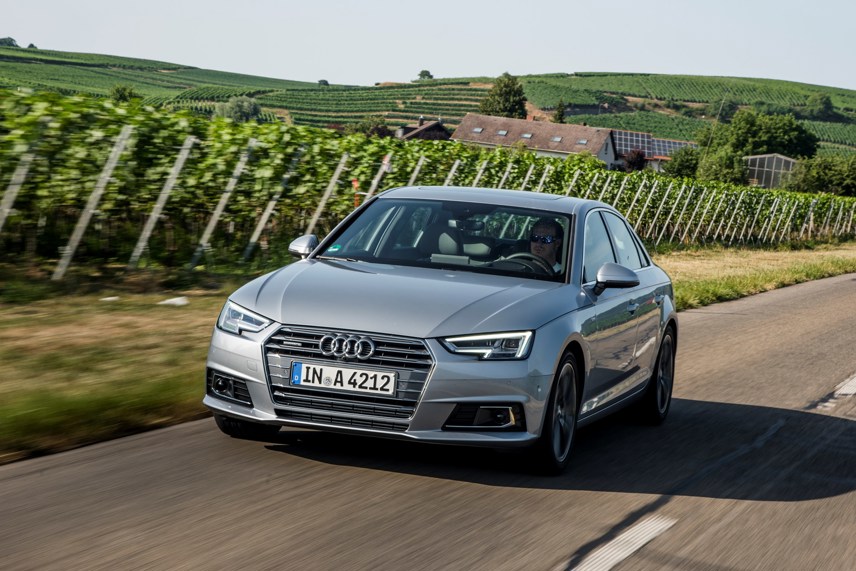
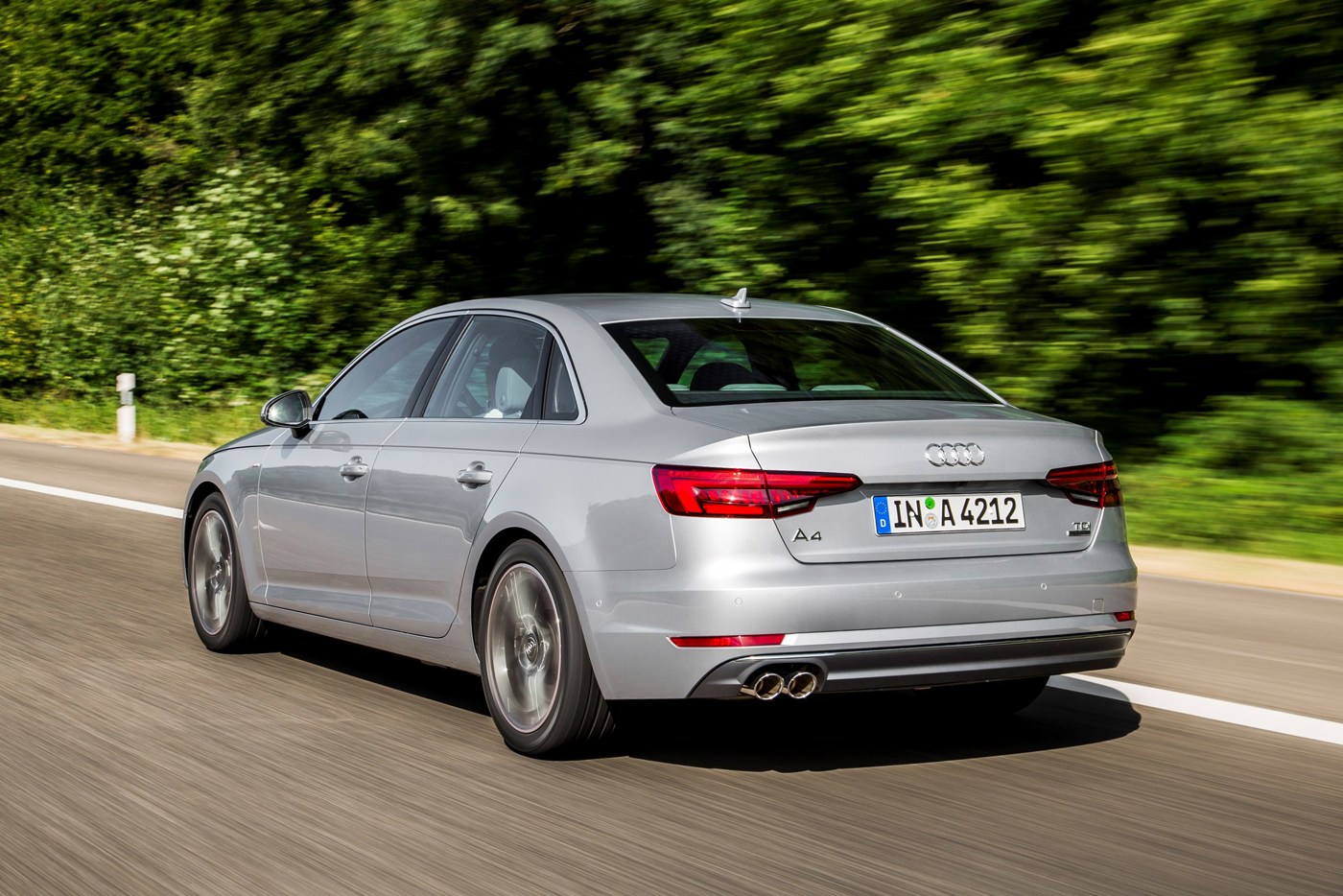
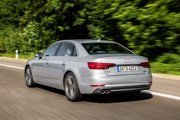
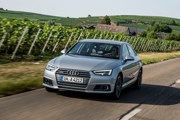




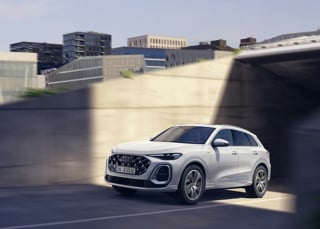
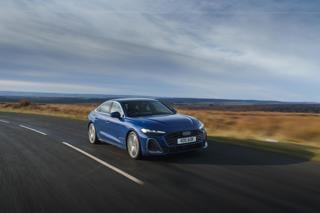













Swansswimmer - 21/07/2015 13:44
Interesting but the similar sized Volvo S60 (190hp) has better economy, CO2 emissions of102 g/km and 0-62 of 7.7 seconds.